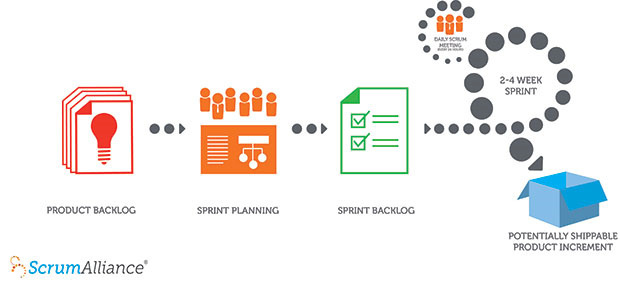Learn about purchasing for teams
Matthew Fouts
My credentials


About
Driven, goal-oriented project and IT manager with 10+ years’ experience in project and program management retooling systems and implementing more efficient workflow/technological processes. Demonstrated ability driving and realizing key organizational objectives across multiple geographic business units through strong leadership and cross-functional facilitation. Commended for keen attention to detail and strong organizational skills while managing multiple complex projects and overseeing innovative technological renovations. Skilled in advanced software packages with full expertise of project life-cycle end-to-end.
Professional Development: working toward becoming an Agile Coach.
Education: Masters of Science in Engineering Management, Bachelors of Science in Engineering Physics from Rose-Hulman Institute of Technology
If your company is looking for agile transformation feel free to reach out to me on LinkedIn, https://www.linkedin.com/in/matthewfouts/
What is a ScrumMaster?
As a ScrumMaster I have two main responsibilities, fix impediments (issues) for the development team that hinder them from doing their job and teaching Scrum. A ScrumMaster is a coach, he has no invested interest if the project succeeds or fails and sometimes they do fail. My job is to facilitate the learning necessary so that the team improves over time. That's it. Hardly! There are easily over 42 different items on a ScrumMasters task list as highlighted on AgileTrail. http://agiletrail.com/2011/11/14/42-tasks-for-a-scrum-masters-job/
Does your company practice Scrum? Are there any issues in your transformation to Scrum?
It's common place for companies to half-way transition into a Scrum framework and are not aware that they are reverting back to waterfall practices. Is your functional manager telling the software development team what to work on? That's not scrum. Scrum has self-functional teams. That is capable, well trained, fully grown adults, that can work together on completing stories (tasks) without being told by a functional manager or project manager what to work on.
What is the difference between Agile and Scrum?
The short answer is Agile is a mindset and scrum is a framework. Being Agile means starting with your companies core values, the roots, and creating a culture centered on becoming Agile. Eventually the company works its way up to being Agile on a day to day basis using best practices and tools forming the Agile tree. It is so important that the entire company creates a culture around being agile,otherwise when a ScrumMaster or C-Level executive that believes in Agile leaves the company, you'll most likely resort back to the well defined non-changing Waterfall framework.
Being Agile allows teams to self-organize and self-function to handle complex problems, through an interative process without being bogged down by functional managers and project manager. In the Scrum framework teams are continuously improving through experimentation to find the optimal solution maximumizing business value. One way to identify if you need Scrum is to ask, will my customers change their minds about what they require? In this day and age, yes. Traditional waterfall projects last 6 months to a year and by the scope of the project could have changed completly and doesn't allow the client the flexability that Scrum allows. Do you need your website dark blue instead of light blue? No problem, we'll add that to our product backlog, the product owner will bring it up in our next sprint in our sprint planning meeting and we'll get this taken care of for you. Isn't Scrum amazing?!
How does Scrum work?
The agile framework scrum consist of the scrum team (Scrum Master, Product Owner, Development Team), four events (Sprint Planning, Daily Scrum, Sprint Review, Sprint Retrospective), three artifacts (Product Backlog, Sprint Backlog, Potentially Shippable Product).
Experience and services
-
Career history
- 2017-07-11 - present - Rural King (Lead Technical Project Manager)




